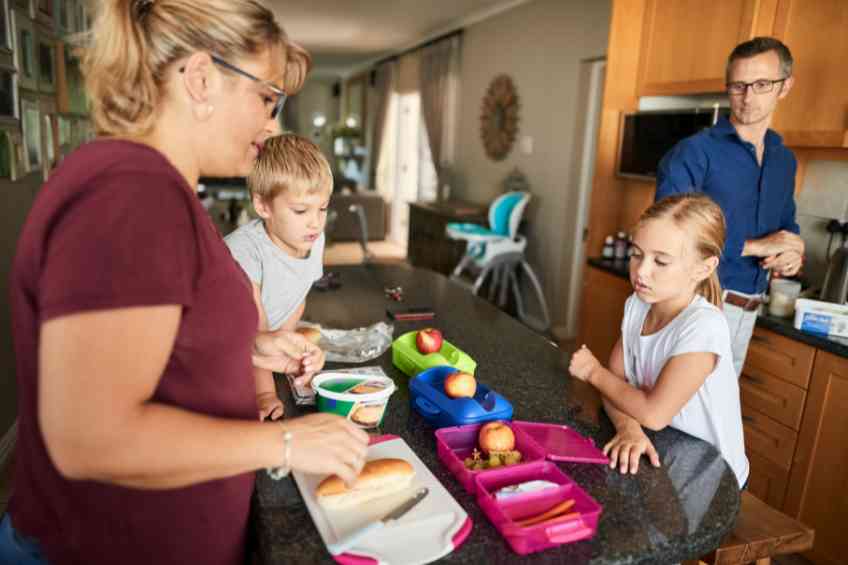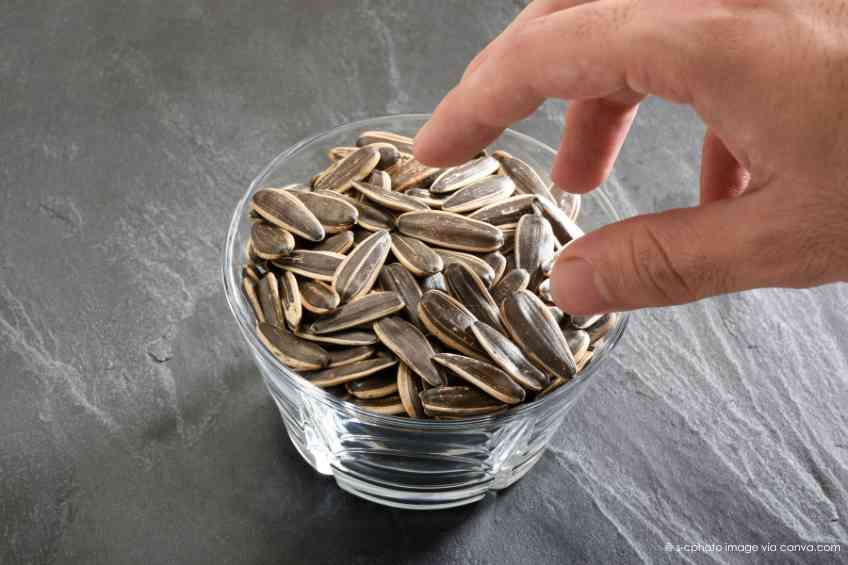The Skinny:
Packing a school lunch for many is a tried-and-true ritual that offers convenience, economy and freedom of choice. It is also a way for children to eat well when less appealing or nutritious alternatives aren’t available. Many families take advantage of the option, as an estimated 40 percent of students bring their lunch. But just because something is brought from home doesn’t make it better. Recent studies have shown that school lunches are typically healthier than those carried in by students. What gives? Well, it is all in the packing—as in what’s in lunch boxes and bags. With a new school year coming, WellWell is here to flag items better left out and guide you on how to pack a lunch for school. Read on.
The Slate:
The Smell Test
If it stinks or looks icky, it should be left out of a lunch bag, no matter how nutritious the food may be. Not only is there a good chance the student bringing these pungent offerings may pass on chowing down on them, but the smells and looks may lead others to start laying on some ugly peer pressure. Items to consider excluding include liverwurst, spam, kimchi, curry, sushi, pickled eggs and blue cheese.
Packing It In
Some items don’t hold up well in a lunch bag. Soft fruits like bananas, strawberries and plums tend to get squished. Moisture seeps into boxed items, making them soft and unappealing—think anything coated with bread, French fries, nachos and vegetable chips can all lose their snap and crunch. Then there are sandwiches made with gooey ingredients. A tuna sandwich may be great at home, but it can get soggy sitting around in a bag for a few hours. Face it, when sandwiches, chips, fries, etc., lose their looks and texture, they won’t get eaten.
Don’t Go There
Some foods, no matter how nutritious, are just no-goes for young students. These items get dumped or traded, leading students to skip lunch entirely or munch on something decidedly less healthy. Everyone is different, but some of the most disliked foods by students include vegetables like spinach, asparagus, brussels sprouts, broccoli and cauliflower, avocados, peaches, cottage cheese and Greek yogurt. Bean dishes can also be a turnoff.
Mix It Up
Young children can become fixated on a single food, such as chicken nuggets or peanut butter and jelly sandwiches. They may focus on eating these items and nothing else. Sure, this may make packing a lunch bag easy. Unfortunately, single-item lunches are not healthy—even if they’re eaten. Nutrition requires variety that includes carbohydrates, protein, fiber and healthy fats. Better still, mixing up lunches may even spice up a student’s appetite.
Mess-Less Lunches Rule
Lunches built on trash such as throw-away bags, single-use containers, plastic wrap, foil, Styrofoam, paper napkins and plastic utensils go beyond simply hurting the environment. They can also discourage students because they involve waste and extra effort—like having to rinse containers and paying extra attention to keeping themselves clean. It is the kind of hassle students like to avoid, which may mean ditching extra-effort lunches altogether.
Keep It Cool
It’s best to avoid lunches that need refrigeration for a couple of reasons. First, it may not be available, and if it is, some kids may not bother putting their lunches in the fridge. It can create problems beyond warm drinks, leading to food bacteria finding their way into improperly stored foods. Meat, poultry, fish, dairy products, soft cheese, cut fruits and vegetables are all at risk if left at room temperature for just a couple of hours. Before packing lunch, get a handle on how it is going to be stored and adjust accordingly. If possible, reusable ice packs can help foods stay fresh.
Meaningful Calorie Count
Nutritious foods are built on sound calories that help students power through a school day. Conversely, those loaded with processed sugar don’t do much good. They supply a quick energy burst but are likely followed by a big crash. Skip putting junk food like sweetened drinks, candy, cakes, cookies or donuts in lunch bags. But it is also important to limit sweetened fruit yogurts, fruit juices and even granola bars. These may seem healthy, but many of these products have sugar.
Eyes Up:
What are your no-goes for lunch bags? Let us know at info@wellwellusa.com.
WellWell editors independently identify services and products of interest. If readers purchase anything through the associated links, WellWell may earn a commission, which goes to support our work. Learn More.












